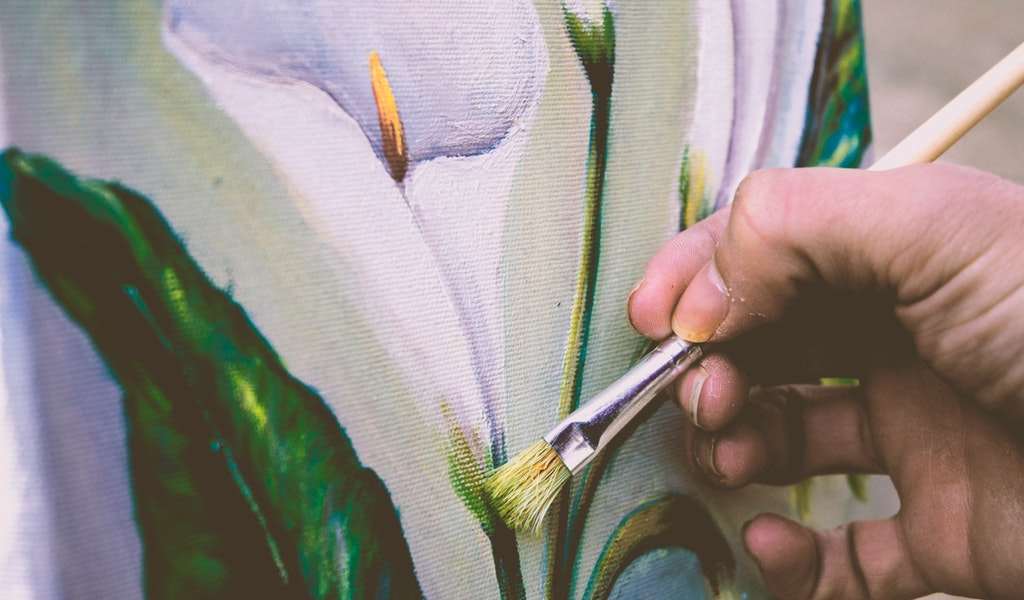Art is like a stream that can flow in any direction and take any form, add to it, and augment it with something new, giving a unique impression. Since time immemorial, artworks and culture practiced by a region have been influenced by art from some other region.
This amazing mix of two different schools of art lends a different flavor. Similarly, oriental art has left its mark on the western art forms, and these mash-ups of two different art forms are visible today.
Vincent Van Gogh’s collection of Japanese ukiyo-e prints is to the creation of elaborate patterns to the diversion from the linear artistic approaches. Western art has been greatly moved by the Indian, Chinese, and Japanese art forms. This excerpt will discuss these kinds of Asian influences on Western Art.
Japanese Art Influences Impressionism | Artworks
During the 19th Century, the Impressionism art movement made headlines in the west. Some of the most famous paintings and artworks were made when the world began to observe subtle imitations of the Japanese art techniques and attributes in Western artworks.
For instance, diverging away from chiaroscuro and depth painting was possible because of the Japanese art forms embellished by simple lines and elegant structures. After moving to Paris, Van Gogh came across several artworks of Japanese origin artworks, which made their entry into the Western world after the ports of both sides opened up for trade.
Van Gogh particularly imitated the painting style and simplistic brushstrokes of the ukiyo-e artists. But Van Gogh paintings contain some of his elements with more color and brighter contrasts.
Chinese Abstract Expressionism and Holistic Painting Styles
The culture of Chinese paintings, which embraced the empty spaces in the paintings, found a way to be added to the Western paintings. After this collaboration, we were able to see a lot of free-floating spaces in the occidental paintings.
These empty spaces have been a part of the Chinese artistic cultures for a long time. The same trend is also seen in Japanese artworks.
In oriental art, leaving empty spaces is taken because of the artist’s faith in natural philosophy and a pre-set cosmic reality. It gave western artists a better way to understand Asian art.
Indian Miniatures by Franceso Clemente
Francesco Clemente used to live in India, and during one of his stays, he came across a book with miniature paintings. Even though the book had no value at that time, Clemente liked the idea of miniature paintings.
These miniature paintings were mostly present in the borders of the pages of a book. It was a design practice under the rule of Mughals and Rajput. All the scenes in the miniature paintings depicted unfamiliar scenes of a dreamy world and fairy tales.
Japanese Aerial Perspectives | Artworks
In another scenario, the aerial perspectives and woodcuts became a natural order for the western artists in some of their paintings. Combined with this, the West also highly revered the way Japanese artworks depicted eroticism and other similar subjects.
The asymmetric compositions and emphasis on the linearity of the objects were also observed, More importantly, within these erotically charged paintings.
Asian Art is about the Spirit | Artworks
One of the most incredible things Western artists have learned from Asian art is how to resonate with the subject. It does not matter that the subject is a human or an inanimate thing; the Asian painters are known to draw in the subject’s spirit.
Western art was mostly a reproduction of visible objects as opposed to this. But things changed, and the painters like Picasso quickly adapted to the perspective drawing and started to represent their subjects in a different light.
Another thing was that the western painters used their skill and drawing to personify what they felt onto the canvas. In the Asian culture, the painters used to feel and engage with their subjects, feel what they felt, and then work on it. For instance, if a painter makes a still life painting of fruit, he will first commiserate with the subject in spirit and then start painting.
Open Space and Freedom
Some Western painters took inspiration from the Asian scrolls painted on paper. These scrolls utilized the open space beautifully and emphasized the void.
Some artists of the West considered the open space as void and an example of nothingness. But with Asian art, this nothingness connotes a sense of freedom.
Conclusion:
Every form of art is unique and has a story behind its practice. The same goes for Indian Art, Chinese Art, Japanese Art, etc. Therefore, there is a lot of difference between reading about these influences and observing them.

















